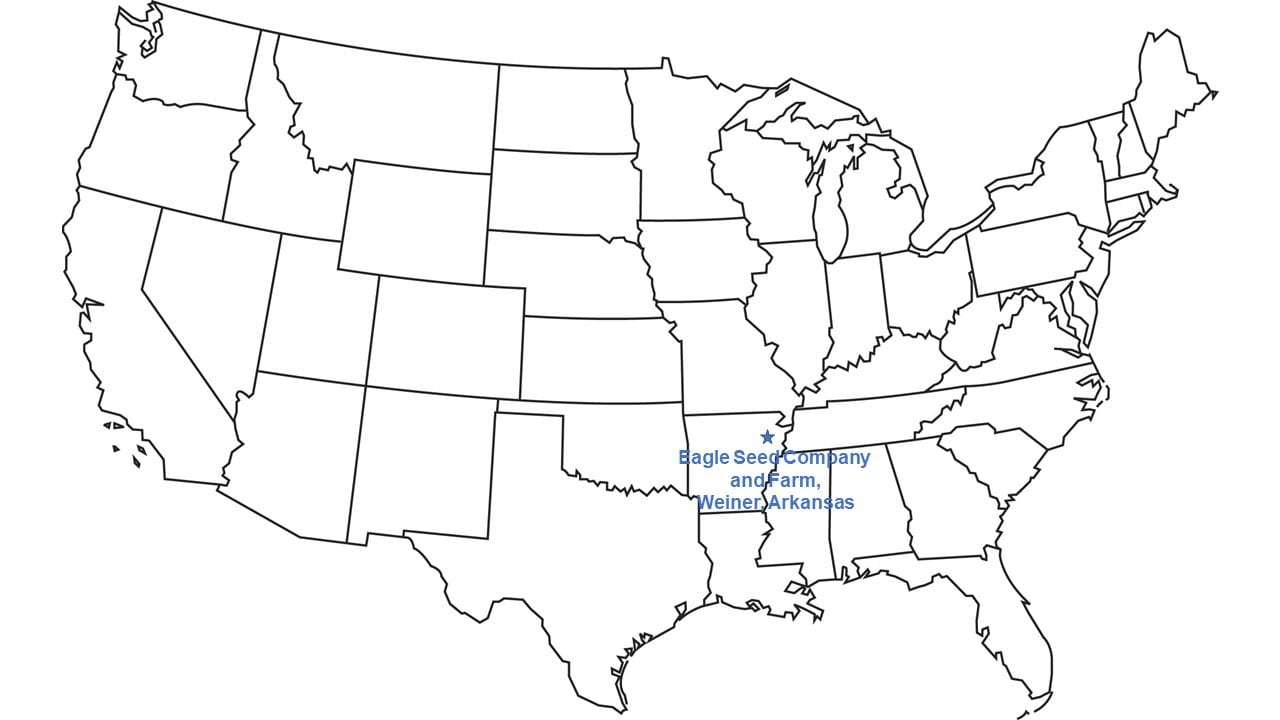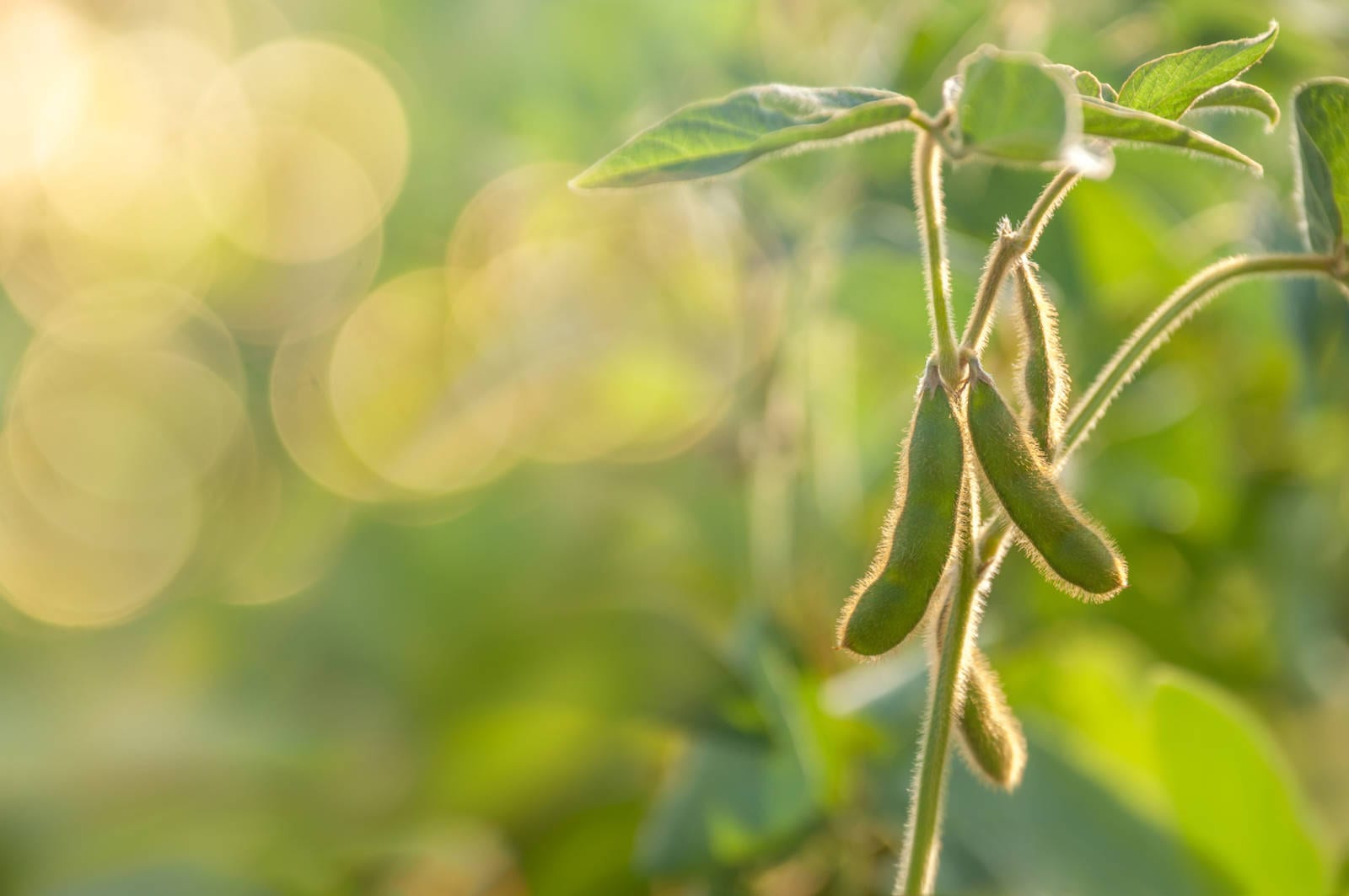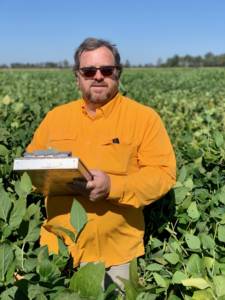 We were about to start harvest the week of September 20, but the second hurricane of the season brought rain that pushed the beginning of harvest back a week or so.
We were about to start harvest the week of September 20, but the second hurricane of the season brought rain that pushed the beginning of harvest back a week or so.
So far this storm season, we’ve had two hurricanes drop about 10 cm, or 4 inches, of rain each. That total of 20 cm, or 8 inches, has drowned out some low-lying soybean fields in our region of Arkansas, in the south-central U.S. We lost about 4 to 6 hectares, or 10 to 15 acres, of one soybean field, but it could have been much worse. The wind that comes with these storms can also cause lodging, or blow over, both soybeans and rice. But so far, that hasn’t been a serious problem.
The storms gave us a break from irrigating the soybeans the weeks they blew through. But in between those storms, we did irrigate again. Because of our dry summer, the rain was good for the soybeans, especially those that are still green.
In our breeding and seed development plots, we have been walking each plot and taking notes. We watch for disease pressure, note if a plant grows more erect or bushes out, pay attention to tendencies to lodge, record leaf type, determine maturity rating based on senescence, and more. These notes will help us determine which new varieties will continue in the development phase next season, which might be used for other crosses, and which will be discontinued in our research program.
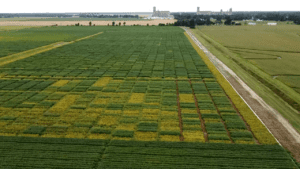 We are also preparing to harvest these plots. Each plot will produce roughly 3.6 kg, or 8 lbs., of seed. When these plots are harvested, we carefully keep the seed from each plot clean and separate in cotton bags with identification tags. We create the tags ahead of time to help us stay organized. We work with a variety of testing programs, to determine if emerging soybean varieties meet specific criteria. For example, the Northern Crops Institute in Fargo, North Dakota, tests some of our food-grade varieties to see how they work for tofu, natto, soy milk or other soy foods. Other testing programs help us learn what varieties are best for feed.
We are also preparing to harvest these plots. Each plot will produce roughly 3.6 kg, or 8 lbs., of seed. When these plots are harvested, we carefully keep the seed from each plot clean and separate in cotton bags with identification tags. We create the tags ahead of time to help us stay organized. We work with a variety of testing programs, to determine if emerging soybean varieties meet specific criteria. For example, the Northern Crops Institute in Fargo, North Dakota, tests some of our food-grade varieties to see how they work for tofu, natto, soy milk or other soy foods. Other testing programs help us learn what varieties are best for feed.
At the same time, we have been preparing to harvest commercial fields, getting our combines, grain carts and trucks ready to go and ensuring our storage bins are cleaned out. Because we raise our crops for seed, we have to clean carefully between varieties to keep everything separate.
We started harvesting our earliest maturity soybeans at the very end of September. We are very careful about the moisture level of the soybeans when we cut them, making sure they are below 14% moisture for storage and germination quality. If we do have to dry soybeans to store them, we use natural air without heat.
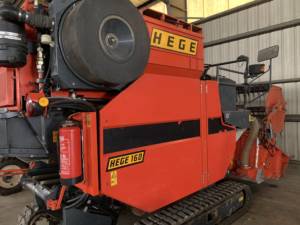
So far, we still anticipate a high-quality crop. We have no concerns about seed quality so far. The rain from the major storms came with temperatures in the 26 to 30°C range, or in the 80s°F, which doesn’t impact quality the way moisture plus higher temperatures does.
We also started harvesting rice at the end of September. We harvest all our rice mechanically, using the same combine head we do for soybeans. Our rice becomes certified seed for other farmers to use next year. Certification requires inspection in the field to ensure no noxious weeds are in the field. We use rogueing crews to pull any weeds that escaped herbicide applications before that in-field inspection. Weeds like red rice and coffeeweed are our most common problems.
While most farmers can harvest rice at 17 to 21% moisture and then dry it, we harvest it at 16 to 17% moisture or less and dry it to 14% moisture for seed quality. Then we harvest, clean and bag the rice for inspection again, so that it is certified seed for use next year.
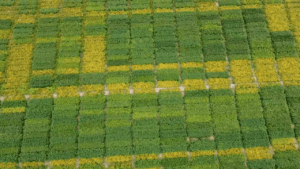 We raise three varieties of medium-grain rice that Kellogg’s prefers to make Rice Krispies cereal. We also grow a variety of long-grain rice sold domestically in grocery stores and that Anheuser-Busch uses in Bud Light beer. We expect average rice yields of more than 9 metric tons per hectare, or 180 bushels per acre.
We raise three varieties of medium-grain rice that Kellogg’s prefers to make Rice Krispies cereal. We also grow a variety of long-grain rice sold domestically in grocery stores and that Anheuser-Busch uses in Bud Light beer. We expect average rice yields of more than 9 metric tons per hectare, or 180 bushels per acre.
Over the next several weeks, the pace of harvest will increase, and it will be hectic for the farm and Eagle Seed Company. Because we raise such a wide range of soybean varieties, harvest often lasts until the end of November or into December. But throughout that time, it’s satisfying to see the results of this year’s work.
